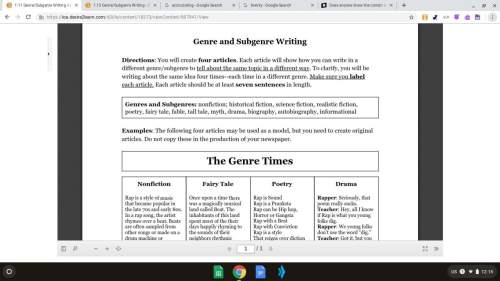
Maryland's Tunnel Vision By Tracy Grant You probably know this old riddle: Why did the chicken cross the road? But have you heard this one: How did the raccoon (and deer and blue heron) cross the road? Through the tunnel, of course! It turns out that an amazing number of animals use tunnels as a way to get from one side of a busy road to another. Professor Ed Gates, at the University of Maryland Center for Environmental Science, just completed a two-year study of how animals in the state use special tunnels called culverts, which are created to let water drain under highways. Gates and his team of researchers put motion- and heat-activated cameras in 265 culverts in every county in Maryland. The result: more than 33,000 images of identifiable animals using the tunnels to get to the other side of the road. In fact, they logged 57 species of animals. They didn't snap pictures of black bears, coyotes and bobcats. But "that doesn't mean they don't use them; we just didn't get a picture," Gates said. Culverts are made of different materials and come in different shapes and sizes. Sometimes that matters to the animals, researchers discovered. For example, Gates said, "raccoons will use any type of culvert," but blue herons look for culverts "big enough so they can spread their wings out." And deer avoid tunnels that have rocky bottoms because "their feet can get caught between the rocks," Gates said. Crossing busy roads by using tunnels seems to be a family affair, the researchers learned. "A lot of animals take their young through the culverts," Gates said, noting that they got pictures of does leading fawns and ducks leading ducklings through the tunnels. Gates compares it to your mom telling you to look both ways before crossing the street: "When you see a young animal with an adult, [you assume that] the young animal has to be learning that this is a good way to get across." Because the tunnels are a necessary part of road construction, Gates said, he hopes the information learned from the study can be used to create new culverts that make it easier for animals to avoid the roads. That's important for humans, too, Gates points out. "People can be injured when they try to avoid hitting a deer," he said before adding, "it's obviously beneficial to the animals as well." How does the introduction contribute to the development of ideas in this informational article?

Answers: 3
Another question on English

English, 22.06.2019 07:00
What is the rhyme scheme in this excerpt from longfellow's, "the tide rises, the tide falls? " (10 points) the tide rises, the tide falls, the twilight darkens, the curlew calls; along the sea-sands damp and brown the traveler hastens toward the town, and the tide rises, the tide falls.
Answers: 1

English, 22.06.2019 07:10
In chapter 32 what happens to huck that calls attention to his presence on the little farm
Answers: 3

English, 22.06.2019 09:00
According to the new york times article, death of a salesman connects to modern audiences since it deals with elusive success and financial ruin such as occurred on wall street in 2006-2008. question 2 options: a) true b) false
Answers: 1

English, 22.06.2019 09:10
What qualification does paul f. covington have that makes him a good fit for the position at h. t lloyd and sons?
Answers: 2
You know the right answer?
Maryland's Tunnel Vision By Tracy Grant You probably know this old riddle: Why did the chicken cross...
Questions

Physics, 01.04.2021 01:20


Mathematics, 01.04.2021 01:20

Mathematics, 01.04.2021 01:20


Physics, 01.04.2021 01:20



Mathematics, 01.04.2021 01:20



Mathematics, 01.04.2021 01:20

Mathematics, 01.04.2021 01:20

Mathematics, 01.04.2021 01:20


Chemistry, 01.04.2021 01:20

Mathematics, 01.04.2021 01:20


Mathematics, 01.04.2021 01:20

Mathematics, 01.04.2021 01:20




